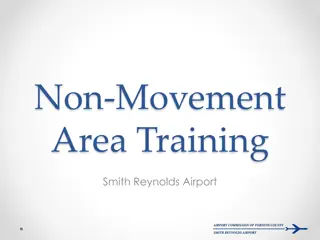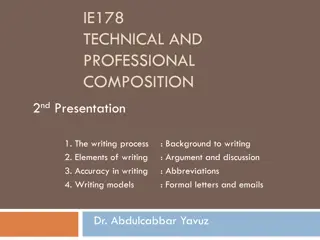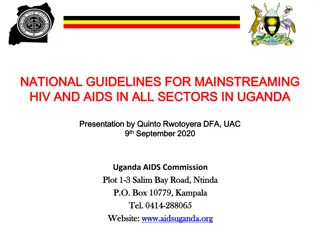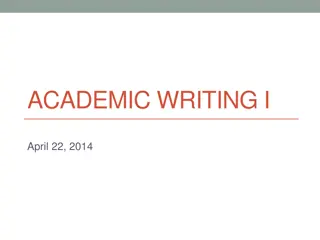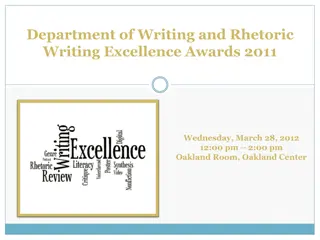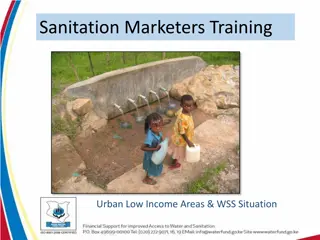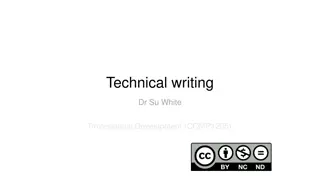
Research Writing Guidelines: Key Contribution Areas
Contribute to important questions through novel, significant research. Understand the key elements of research, topic selection, and making meaningful contributions to field knowledge.
Download Presentation

Please find below an Image/Link to download the presentation.
The content on the website is provided AS IS for your information and personal use only. It may not be sold, licensed, or shared on other websites without obtaining consent from the author. If you encounter any issues during the download, it is possible that the publisher has removed the file from their server.
You are allowed to download the files provided on this website for personal or commercial use, subject to the condition that they are used lawfully. All files are the property of their respective owners.
The content on the website is provided AS IS for your information and personal use only. It may not be sold, licensed, or shared on other websites without obtaining consent from the author.
E N D
Presentation Transcript
How to Do Research and Write Academic Papers Xiao Wang University of Science and Technology of China
Guideline How to do research in economics and finance (1) The key; (2) find a topic; (3) data and empirical work; (4) model and numerical work; (5) the paper plan. How to write academic papers
How to do research: The key The key for research is to contribute to the understanding of important questions people are interested in. What is an important question? (1) It is novel as the new phenomenon has not appeared before or has not be analyzed. Example: Trade war. (2) It is economically significant. Example: COVID-19. (3) Previous literature has focused on it but no satisfactory answer. Example: puzzles.
How to do research: The key Why are people interested in? (1) Scholars think solving this question helps to deepen their understanding. (2) Policy makers need to know how to design the best policy to improve welfare/increase GDP/increase government income, etc. (3) Investors need to know the investment/risk management strategy. (4) Keep your audience in mind. Example: COVID-19.
How to do research: The key What is the contribution of your research? (1) The most important part of your work. (2) The contribution generally arises at our knowledge frontier: how you improve the understanding based on the current literature; a few exceptions create a brand new methodology or start a new field. Example: General Method of Moments by Lars Peter Hansen. (3) How can you push the knowledge frontier forward? (i) The new stylized facts summarized from data cannot be explained by the existing theory. (ii) Two theories imply different explanations on the same fact.
How to do research: The key (4) Be clear and accurate about your contribution. Your work may contribute to several trends of literature. Do not exaggerate or under- state your contribution. A clear literature tree helps you to correctly posit your contribution. (5) Be careful on claiming brand new . It may be a topic people view it as trivial!
How to do research: Find a topic Find a topic you have passion to work on it, you can make contributions, and you are capable of doing it. How to find such a topic? (1) Be sensitive to the economic phenomena. Scrutinize the facts from the perspective of economists. Try to use the economic theories to explain them. In most cases, it is a good exercise and may help you to find a paper topic. Example: Varian. (2) Examine new economic facts and database. New data may need new theory or new explanation.
How to do research: Find a topic (3) Read papers on recent top journals. Be clear about the knowledge frontier. Is there any paper you would like to work on its similar topic? *General journals: (economics top 5) Econometrica, American Economic Review, Journal of Political Economy, Review of Economic Studies, Quarterly Journal of Economics; (finance top 3) Journal of Finance, Journal of Financial Economics, Review of financial studies. *Top field journals: Journal of International Economics, etc. (4) Be timely to figure out the topic. Sketch the to-do list to check whether you can do it. Write out the research note. (5) If you already work on a topic, figure out if the gold mine can generate more than one paper. Each paper needs to be difference but can be related.
How to do research: Data and empirical work Data resource: (1) Macro: if possible, extract data from official institutions. Do not use the second-hand data. (2) Micro: data novelty and uniqueness is an advantage, but not the determinant of a paper. (3) All data need to correctly cite the resource and keep the raw record. Database may be updated so you may not be able to download the previous version.
How to do research: Data and empirical work Data cleaning and summary: (1) Be clear about how you will use the data. Then choose the appropriate data format. Example: Stata, Excel, Matlab, R. (2) Variable name, label: concise, meaningful, and versatile across software. (3) Write down the cleaning process for future reference and writing. (4) Summarize variables, check the mean, median, min, and max. Is there any unreasonable value?
How to do research: Data and empirical work (5) Always think if you should use real values (deflated) when prices are involved. (6) Quickly draw graphs to check the relationship between variables. Empirical work: (1) What are the hypothesis you want to test? Reconciling the data and the theory, or two series? (2) What is the methodology you want to use? (3) Summarize your results into tables and figures.
How to do research: Model and numerical work Modeling strategy: (1) Why do you need a model to describe your idea? Is your model a good map for the real world? What is the key idea in your model? (2) If possible, base your model on a classic one. (3) Try to simplify your model until you cannot do it further. Try a couple of examples. Try to change one assumption at a time to see what happens. (4) Use graphs, descriptive examples, or other tools to explain the essential idea to the audience.
How to do research: The paper plan Use a term paper as an example: (1) Choose a topic. Write the paper proposal; Discuss with the professor or study group; (2) Do all work. Write the first draft. Revise and proofread. You may need weekly meeting or study group to make sure you are on the right track. (3) Obtain opinions from the professor and classmates. If possible, present the paper, or acquire a referee report. Also attend others presentation and contribute your comments. (4) Revise according to the comments, finalize your draft. (5) Submit to a journal if you need.
How to write an academic paper A guideline by John Cochrane : Writing tips for Ph.D. students. Format guideline: (1) Check the handbook of thesis at your institution, or the journal guideline you plan to submit. (2) If not using a specific guideline, follow papers on top journals.
References Cochrane, J. (2005). Writing Tips for Ph.D. students. Varian, H. R. (2016). How to Build an Economic Model in Your Spare Time. The American Economist, 61(1), 81 90.


